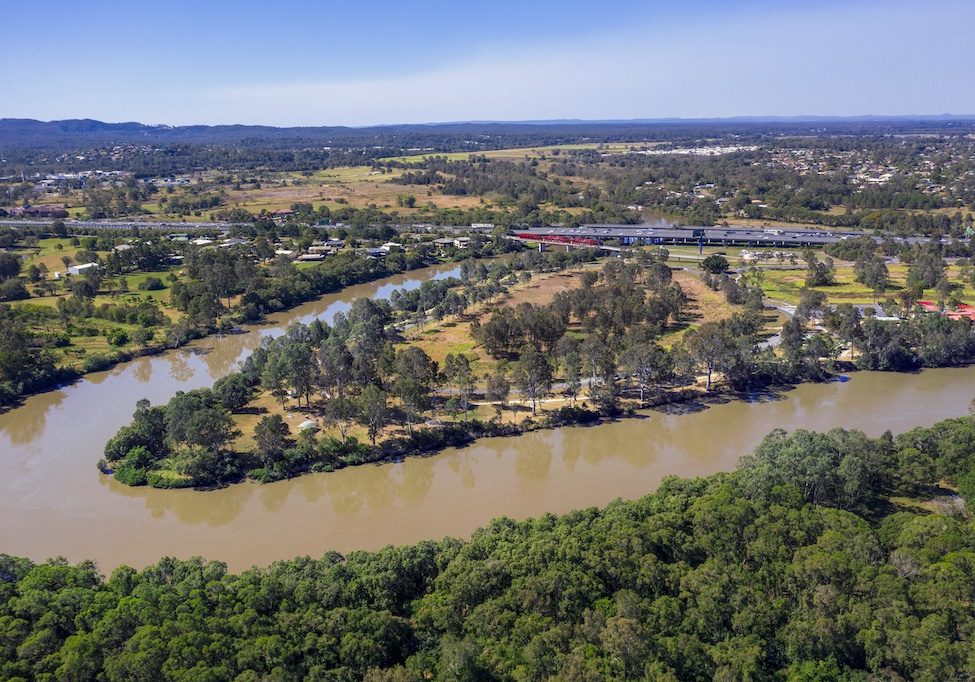Development in mapped koala areas has become a complex framework, meaning that developers and consultants need to have significant knowledge about the koala protection framework in order to make developments feasible.
This article will give a brief overview of the koala protection framework.
Introduction of koala protection measures
The introduction of the koala protection measures in Queensland has now been in place for two years, commencing on 7 February 2020. The protection measures are particularly relevant for koala habitats in South East Queensland. These new provisions apply to development that is proposed in koala priority areas (KPAs), koala habitat areas (KHAs), and identified koala broad-hectare areas. The introduction of koala offsets has seen those in the development industry have additional constraints on their developments affected by the koala protection framework, especially for loss of habitat.
The introduction of KPAs, which are large, connected areas that include KHAs, as well as areas that are suitable for habitat restoration, has seen some developments curtailed, because of the mapping and in some instances even stifling development. This is because, the restrictions include prohibiting clearing of koala habitat in KPAs.
These requirements under the koala protection framework apply irrespective of any approval or exemption provided under other pieces of legislation. It is therefore imperative that developers utilise the Koala-sensitive Design Guideline, wherever possible.
Statutory basis of koala protection
The protection measures include amendments to existing statutory instruments and introduction of new instruments. These statutory requirements include the:
- Nature Conservation and Other Legislation (Koala Protection) Amendment Regulation;
- Environmental Offsets Regulation 2014;
- Planning Regulation 2017;
- Nature Conservation (Koala) Conservation Plan 2017; and
- Vegetation Management Regulation 2012,
which are all to provide increased protection to KHAs in South East Queensland.
The Queensland Government has assumed responsibility for assessing developments that propose the clearing of koala habitat areas outside KPAs, against a new State code for Development in South East Queensland Koala Habitat Areas, thereby taking responsibility away from local governments.
Significant Residual Impact Guideline
An offset will be required where there is a significant residual impact.
The State Government has developed a Significant Residual Impact Guideline (Guideline) to determine the type of offset required. The Guidelines outline how to assess whether a prescribed activity (a proposed development) will, or is likely to, have a significant residual impact on a matter of State environmental significance. The Guideline is required for applications under the Environmental Protection Act 1994 and development applications under the Planning Act 2016.
For proposed developments that do not involve clearing within a KHA but are within a KPA, the Queensland Government has developed new assessment benchmarks that will support local governments to consider koala conservation within project proposals.
These assessment benchmarks are prescribed to ensure development that involves interfering with koala habitat in an area that is mapped as a KHA but is outside of a KPA, will:
- not result in a net loss of koala habitat;
- not fragment koala habitat;
- provide for safe koala movement; and
- not increase the risk of koala death or injury while undertaking development activities.
Exemptions
Certain exemptions apply to the KHA planning protections, including:
- for certain types of development, depending on the tenure of the land;
- for necessary activities such as emergency response, removal of dangerous trees and the creation or maintenance of firebreaks adjacent to infrastructure;
- a once-off 500 square metre allowance per premises; and
- for clearing in accordance with relevant Assessable Development Vegetation Clearing Codes under the Vegetation Management Act 1999.
Hierarchy of protections
The hierarchy of protections can be used to help determine whether, for a proposed development, the:
- proposed development is prohibited development (cannot be lawfully undertaken);
- proposed development is assessable development (requiring a development approval under the Planning Act 2016);
- proposed development is assessable against the identified koala broad-hectare area assessment benchmarks in Schedule 11, Part 3 of the Planning Regulation 2017;
- proposed development is assessable against the KPA assessment benchmarks in Schedule 11, Part 2 of the Planning Regulation 2017; or
- Koala Habitat Planning Controls under the Planning Regulation 2017 do not apply to the proposed development.
Interfering with koala habitat
Interfering with koala habitat means:
Removing, cutting down, ringbarking, pushing over, poisoning or destroying in any way, including by burning, flooding or draining native vegetation in a koala habitat area, but does not include destroying standing vegetation by stock or lopping a tree.
The term interfering with koala habitat also applies to indirectly interfering with koala habitat (for example, reconfiguration of a lot that would introduce new exempted development allowing native vegetation in a KHA to be cleared). This is of importance for variation approvals and master planned communities.
The State Government, through the State Assessment and Referral Agency, will assess development applications under State code 25: Development in South East Queensland koala habitat areas. The benchmarks under this code include retaining KHAs, koala sensitive design and connectivity, koala safety from construction activities and matters of State environmental significance.
The purpose of this code is to ensure that development in South East Queensland:
- results in no net loss of KHAs;
- does not contribute to fragmentation of KHAs;
- maintains or improves connectivity within and between KHAs to ensure safe koala movement;
- is constructed and undertaken in such a way that does not increase the risk of injury to, or death of koalas; and
- avoids impacts on matters of State environmental significance, and where avoidance is not reasonably possible, minimise and mitigates impacts and, provide an offset for significant residual impacts to matters of state environmental significance that are prescribed environmental matters (that is, koala protections for a proposed development).
Koala offsets
The Queensland Environmental Offsets framework includes provisions specifically relating to koala protection. These protection measures ensure that environmental offsets for unavoidable impacts on high quality koala habitat, regulated by the Planning Act 2016, contribute to the rehabilitation, establishment and protection of koala habitat.
Land based offsets
Under the Queensland Environmental Offsets Act 2014, an impact on one site is to be counterbalanced by securing land at another site, and restoring or managing that land to replace the environmental values lost on the first site, in this case koala protection.
An ‘avoid, mitigate, offset’ approach underpins Queensland’s offsets framework. This means that developers are obliged to try to avoid or mitigate the environmental impact in the first instance.
There are three prescribed environmental matters that relate to koalas in South East Queensland:
- areas mapped as a KHA identified under the Nature Conservation (Koala) Conservation Plan 2017:
- essential habitat for the koala, under the Vegetation Management Act 1999: and
- areas which are not mapped but contain, or are likely to contain, koalas.
Koala offsets may be conditioned under State code 25: Development in South East Queensland koala habitat areas.
Legal mechanisms for securing a land based offset
The Environmental Offsets Act 2014, outlines how an environmental offset may be legally secured.
The legal security mechanism used may vary depending on the environmental values being impacted, and the tenure of the land where the offset will be located.
Recently the State Government has required that these offsets remain in perpetuity, rather than for the duration of the impact. As such, these legally secured areas can include restrictive covenants and declared protection areas under the various pieces of legislation that establish the koala protection framework.
Under the Queensland Environmental Offsets Policy land based offsets require three new koala habitat trees to be established for every non-juvenile koala habitat tree removed. Ideally, koala habitat offsets should be located in an area identified as a koala habitat restoration area, within the KPA that is closest to the impact site.
Financial offsets
For financial settlement offsets, the value of the payment is calculated based on the local government area and bioregion of the impact, and the area of impact in hectares. For koala habitat in SEQ an average tree density of 250 trees per hectare is assumed.
Conclusion
As can be seen from this article, the koala protection framework is complex and interwoven by various statutory instruments.
It is imperative that developers and consultants undertake sufficient due diligence on proposed development sites to determine whether they will be constrained by the koala protection framework.
Local governments have little say in the State Government assessment of koala protection, meaning that the conditions imposed on a development for koala protection will usually be conditioned by the State, not local governments.
If you would like to explore further how the koala protection measures may affect your project, please reach out and discuss this with our specialist Planning and Environment Lawyers, Tarnya Fitzgibbon, at [email protected] or Sarah Day, at [email protected] or phone 3439 8880.
Contact Us
Need more information or want to book in a time to talk with one of our experts? Just fill in the form below and we'll get back to you.
Further Resources

NDAs and Contamination
Latest Videos
Businesses that we have helped
Here's a small selection of businesses we've helped achieve great outcomes.









As Featured In:


















